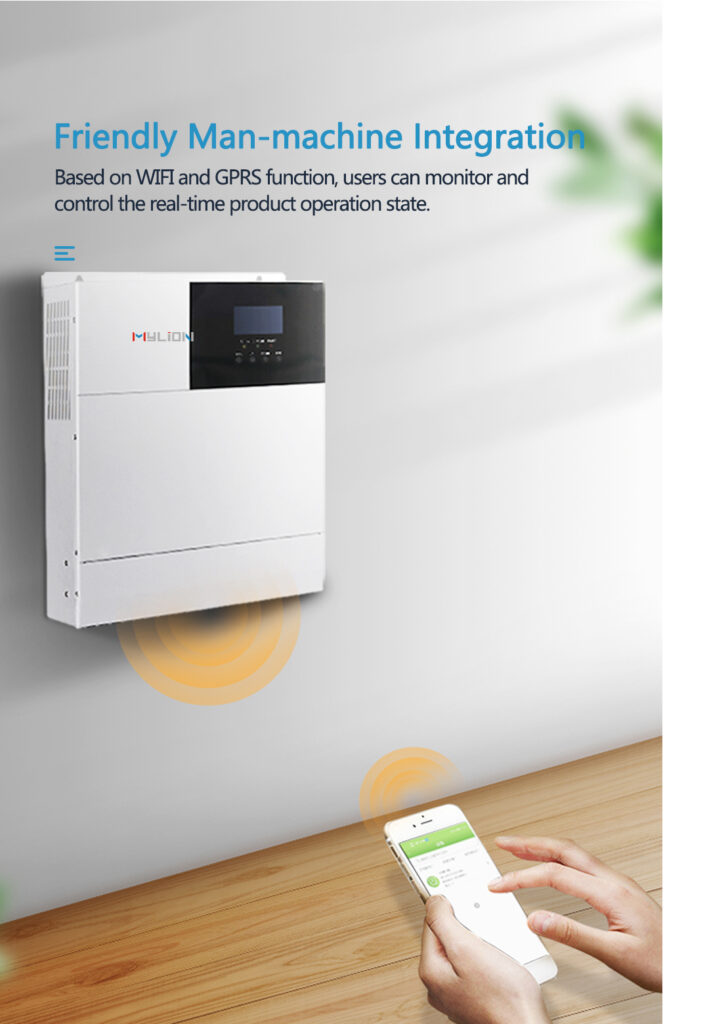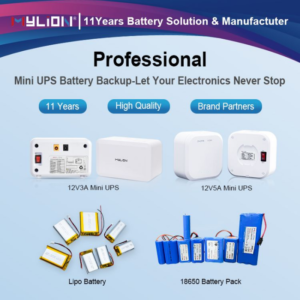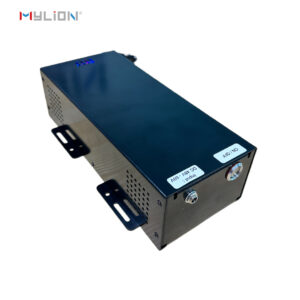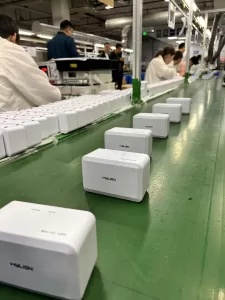With the increasing demand for sustainable energy globally, the need for solar panel systems is rising. Using solar energy to provide energy to your entire house can be a huge environmental benefit (think about the potential savings on power!). It’s a great source that can be utilized for a long period.
But, regarding solar panels, do you know the elements they are composed of and how they operate? Solar systems comprise solar panels (or photovoltaic (PV) panels) along with solar Inverters (super vital), solar Inverters (super vital) and racks to make sure that everything functions properly. They may also contain batteries as well as an electric meter that is dependent on the specific system. The power requirement determines the number and type of panels utilized in the system. To make light of how vital these systems can be, let us look at these inverters powered by solar as well as their function and the things you need to be looking for in a top-quality solar inverter because of their importance. If you have any concerns after reading this post, don’t hesitate to contact us. Contact MyLION Solutions at +8615601782817(WA).
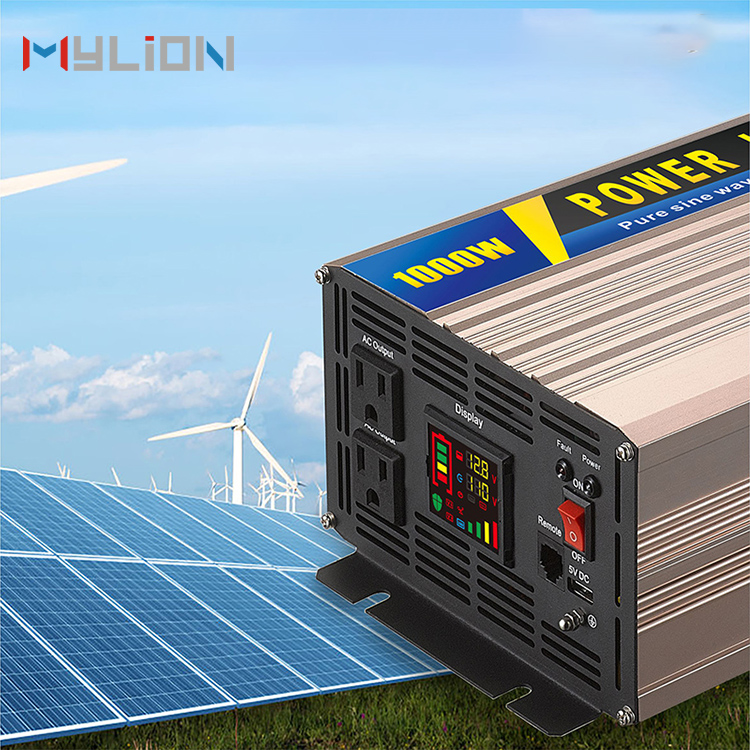
Are Inverters gadgets? The device converts sunlight to electrical energy.
El Sun Inverter is one of the most vital elements of the solar panel system. The inverters transform solar power that solar panels generate into electricity you can use in your home or office.
What’s an inverter? Can solar energy power it?
The solar Inverter is a device that receives direct currents (DC output) from solar panels and converts them into AC output or alternating 120V/240V. AC does not represent DC and is the power source for home appliances. This is why the solar Inverter must modify its DC output gathered from solar panels.
You may be interested in finding more specifics. In this scenario, sunlight is thought to bounce off the solar panels (or photovoltaic (PV) cells) made up of layers of semiconductors fabricated of gallium arsenide and crystallized silicon. They’re composed of positive and negative layers that are joined through interconnections. In the case of sunlight, these silicon layers absorb light and then transfer electricity to solar cells. The point moves over the cell, which causes electrons to depart from their positions. They may move between positive and negative layers, creating electricity. This is called direct current (DC) and is the process by which the energy is created and stored in an electronic storage device which is later utilized or directly transferred onto an inverter (this is dependent on the gadget you are using).
If power is transmitted to the Inverter, power is transferred via DC format. However, your home requires AC. The Inverter absorbs the energy and passes it through a transformer to produce an AC output. The Inverter tricks the transformer into believing it’s AC. If you make it behave like AC, it appears to be AC. The Inverter can then operate its DC by using a variety of transducers that can switch off and toon in a flash. They also include two components for the transformer.
Inverters that harness solar energy by using different kinds of
If you are familiar with the concept of a solar-powered inverter and the way it works and performs in the real world, let’s look at the various kinds of inverters. There are five kinds of solar inverters that each has distinct advantages:
1. Battery Inverters
Inverters specifically designed for batteries can be a great option for people who want to upgrade the batteries of their solar system. You can then remove the solar panels before connecting them with an inverter. Inverters convert battery energy into power at 230V AC. Connect them to the switchboard (instead of on the grid) whenever possible.
2. Central Inverters
The inverter circuit that is central to the system is huge. It is utilized in systems that need thousands of Kilowatts (or sometimes megawatts) of power. They aren’t suitable for homes with a small footprint and look like huge steel cabinets, each capable of handling around 500kW of power. Commercial businesses typically utilize them for large-scale projects. Large-scale solar farms are used to power utilities.
3. Hybrid Inverters
Hybrid Inverters, or multi-mode Inverters, are extremely rare in Australia and permit the connecting of solar panel batteries. They connect the batteries via “DC coupling” (when each solar system and battery are linked to the same Inverter while connecting to DC produced by solar panels that charge batteries with DC recharges). The electronics control the discharge and charging caused by windstorms.
4. Microinverters
The name suggests that microinverters are tiny (the size of a whole volume!). Microinverters and solar panels can be as small as 1:1. One of the benefits of microinverters as well as other microinverters, is the ability to maximize each solar panel in a distinctive manner that will generate the greatest amounts of electricity (especially when dealing with shade).
5. String inverters
There exist string inverters. Inverters made from a string can be among the widely used inverters suitable for home use. It’s common to find an array of inverters mounted on the solar panel. They are also known as string inverters, as they’re linked to a set of solar panels. They’re connected to them.
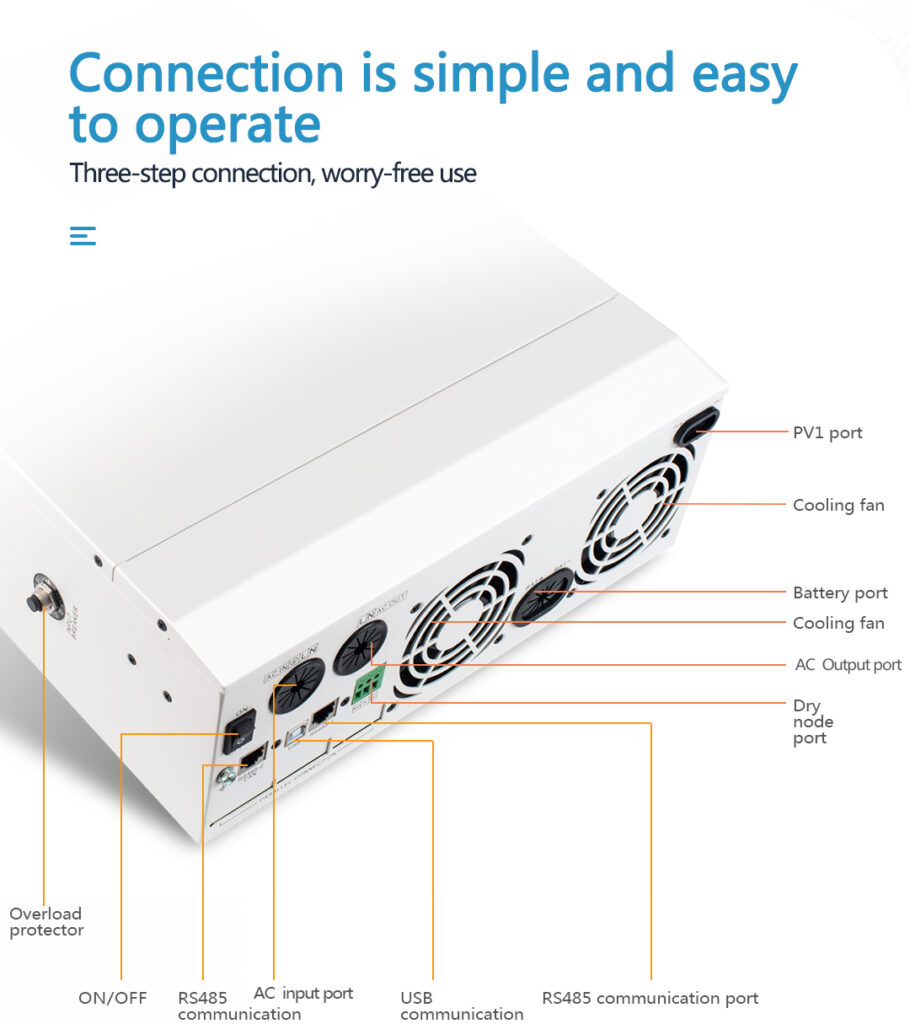
Does it function? Does it work? The Inverter you can use in Solar?
Suppose you’re looking at the different models and sizes. In that case, there are a few things you have to be looking for in the most effective energy inverters. This includes:
Is CEC able to use this type of solar power inverter?
The Clean Energy Regulator has a list of inverters that have been CEC certified. It is essential to verify. CEC accreditation CEC certification signifies an item is guaranteed to meet Australian standards, comply with the applicable Australian Standards and be of high quality. It is also worthwhile to look at the background of the business in addition to the time it’s been in operation and the time it’s been operating for. Are they considered to be experts in their field and experts in other areas?
What size of solar inverters will have the highest efficiency?
This is a question to which most people are seeking an answer. We can provide the most accurate solution: pick an inverter to deal with solar energy systems and generate energy. For example, suppose you need an inverter to produce 3kW. In that case, you’ll require 3kW of panels and an inverter capable of handling 3kW. There are some exceptions to this. We won’t get into detail here (and they can be extremely complicated! ).
Could it be made weatherproof for the Inverter used to produce electricity by Solar?
This is an important element to consider when deciding the best location for the Inverter. Be placed in the most suitable place. If it’s weatherproof, it allows the user to have more flexibility about the area. But, you’ll need to purchase a weatherproof enclosure to safeguard it (but it will cost more). The general rule is the safer the Inverter you decide to utilize to power your solar panels is, the longer it’ll be in use and the more effective it will be. Check out these specifications for solar-powered inverters that appeal to you. Contact your solar contractor to find the exact location for installing the Inverter.
It displays an inverter used for solar power. Solar.
Examine the display of the solar Inverter and note how much data can be displayed in the collection of the Inverter, or should you prefer to hide the Inverter at a certain distance (for example, with an instrument located within the area you reside in). The information displayed includes:
How long have the electricity industry been producing it?
The amount of Kilowatts (kW) this system is currently producing
It’s the amount of energy (kilowatt for every hour) each period that this system creates.
It’s the amount of energy (kilowatt per hour) that the unit produces from its location.
Remote options are accessible for desktops or laptops. Your budget and your preferences about the display will determine your choice.
It is important to study the specifications for these units completely. They are analyzed using DC inputs and AC outputs. Be sure to select the right model for your requirements.
Solar Inverter Garantía
This is a crucial issue! Grids that have inverters are usually between 10 to 20 years of age. In addition, (realistically) the odds will last a minimum of 10 years. The type of Inverter you decide to purchase, a warranty typically will last between 5 and 12 years. You can also extend the warranty for an extra cost. Look up your preferred model to purchase and its specifications, then decide whether you’d prefer an extended warranty compared to other options. Remember that the higher the warranty coverage is, the more secure it is.
Am I equipped to boost the power output of my solar Inverter?
Boosting your solar array in the next couple of years is vital. Consult an electrician in the solar industry for advice on the best method to proceed since the number of solar panels you’ll require depends on many factors (too numerous to mention here! ).
Are you thinking of being a part of this grid?
If you’re in search of grid connections (where the power generated from solar panels will eventually be transferred to your residence or the grid used as a primary reason), Be sure to select solar inverters which are efficient to 95 per cent or more (transformer-based) (transformer-based) and 95 per cent (transformerless). This is the standard of efficiency for the majority of the top inverter models.
What is the cost? The amount I have to pay
The most difficult problem, and we can only provide a partial solution. It’s contingent on your requirements regarding the amount you’ll need to pay. The range of prices can be found between $800.00 to $5,000.00 and sometimes even more. The best option is the cheapest alternative. They’re only suited for short periods of duration. It is necessary to buy an inverter that is new before you decide which one is the most affordable.
Your qualified solar inverter supplier
If you’re looking for answers or have any questions If you have any questions, contact Mi León Solutions at +8615601782817(WA) and Book Online today. We’re experts on all electrical requirements. Contact us now!

